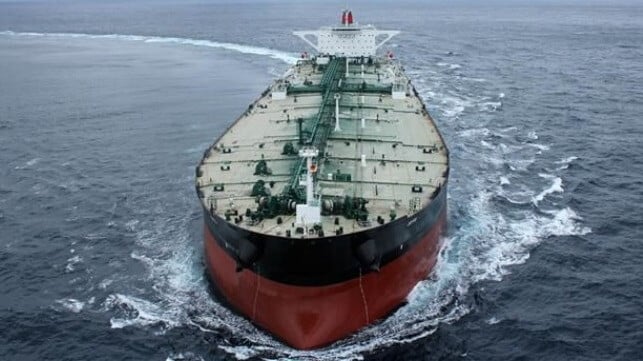AI System Deployed to Safeguard Undersea Infrastructure

In light of recent concerns regarding the movement of a shadow fleet of tankers, the UK, in collaboration with Northern European nations, has initiated a significant operation. This operation involves the deployment of a newly developed artificial intelligence (AI) system designed to monitor threats to undersea infrastructure. The urgency for this initiative arose following damage to Finland’s undersea cables, which heightened awareness of potential maritime threats. The AI system, known as Nordic Warden, aims to provide real-time surveillance of suspicious vessels, particularly those involved in the Russian oil trade.
Nordic Warden: A New Era in Maritime Security
Nordic Warden was officially activated last week under the protocols of the Joint Expeditionary Force (JEF), a coalition formed a decade ago to enhance defense and coordination among its member nations. The JEF comprises ten countries: Denmark, Estonia, Latvia, Lithuania, the Netherlands, Norway, Finland, Sweden, Iceland, and the UK. This initiative operates independently of NATO, allowing for a tailored approach to regional security challenges.
UK Prime Minister Keir Starmer emphasized the importance of Nordic Warden, stating that it showcases how the JEF is leveraging innovative technologies to bolster collective European security. The AI system represents a major advancement in maritime monitoring, enabling the tracking of large ocean areas with minimal resources. By utilizing data from various sources, including the Automatic Identification System (AIS) that vessels use to broadcast their positions, the system can assess the risk posed by each ship entering sensitive areas.
When a vessel is identified as a potential threat, Nordic Warden can monitor it in real-time and issue immediate alerts. These warnings are shared not only with JEF member nations but also with NATO allies, ensuring a coordinated response to any emerging threats. This proactive approach aims to safeguard against both deliberate acts of sabotage and unintentional incidents that could damage critical underwater infrastructure.
Targeted Monitoring of the Shadow Fleet
The UK Ministry of Defense has reported that specific vessels identified as part of the shadow fleet have been integrated into the Nordic Warden system. This allows for close monitoring of these ships as they approach key areas of interest. The system focuses on 22 critical zones, including parts of the English Channel, North Sea, Kattegat, and Baltic Sea. By concentrating on these strategic locations, the initiative aims to enhance the security of vital undersea cables and other infrastructure.
Nordic Warden was first trialed during the summer of 2024 and demonstrated its capabilities during the JEF’s Exercise Joint Protector. This exercise involved over 300 UK personnel deployed to Latvia, showcasing the JEF’s ability to respond swiftly to potential threats. The successful trials of Nordic Warden underscore the importance of collaboration among nations in addressing maritime security challenges.
UK Defence Secretary John Healey highlighted the dual purpose of Nordic Warden, stating that it will help protect against both intentional sabotage and extreme negligence that has previously resulted in damage to underwater cables. As the geopolitical landscape continues to evolve, initiatives like Nordic Warden are crucial for maintaining the security of undersea infrastructure and ensuring the safety of maritime operations in Northern Europe.
